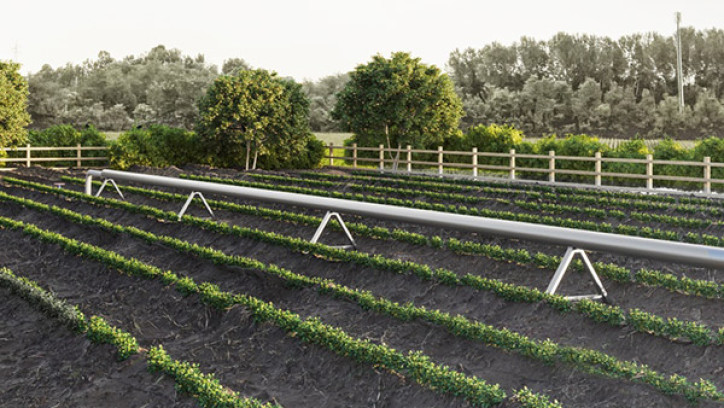13.1 Structures supporting water pipes

Pipe supports are commonly used to hold the suspended pipes and to resist the weight of pipes. The pipe supports also restrain pipes during lateral and vertical movements. The overall design of a pipe support is dependent on the loading and operating conditions.
Please note: The below exemption comes into force from 31 August 2020. You will still need a building consent if your project starts before this date.
Pipe supports are commonly used to hold the suspended pipes and to resist the weight of pipes. The pipe supports also restrain pipes during lateral and vertical movements. The overall design of a pipe support is dependent on the loading and operating conditions.
The pipes are used to transfer water (or other liquids) from one location to another within private land (including farms) for various purposes. However, in order to reduce the risks to people and other properties or infrastructure, this exemption only applies to water pipes.
Pipe supports owned or controlled by network utility operators are already exempt from a building consent.
Always check with your council to make sure your proposed building work does not have any district planning implications, considering maximum site coverage, yard or setback requirements, daylight access planes or permitted activities. A resource consent may be required and it is important that you obtain this before starting any building work.
What is exempt
- An owner wants to transfer water from a reservoir to a consumption point on their private land which is 5 metres from the legal boundary. The size of the pipe is less than 300 millimetres diameter and it is suspended on a pipe support that has a maximum height of 1000 millimetres above the ground.
What needs consent
- A farmer wants to transport livestock effluent from one point to another on their private land via a pipe positioned more than 5 metres from existing dwellings. A building consent is required to build a pipe supporting structure since the pipe will transport a liquid other than the water.
What the law says
28B. Structures supporting water pipes.
1. Building work in connection with a pipe-supporting structure that—
(a). is on the ground; and
(b). has an overall height, excluding the pipe, of no more than 1 metre; and
(c). is at least 5 metres from any residential building, public road, railway, or
legal boundary; and
(d). is on private land with no public access to the structure; and
(e). supports a single pipe that—
(i). has a maximum diameter of 300 millimetres; and
(ii). transports only water.